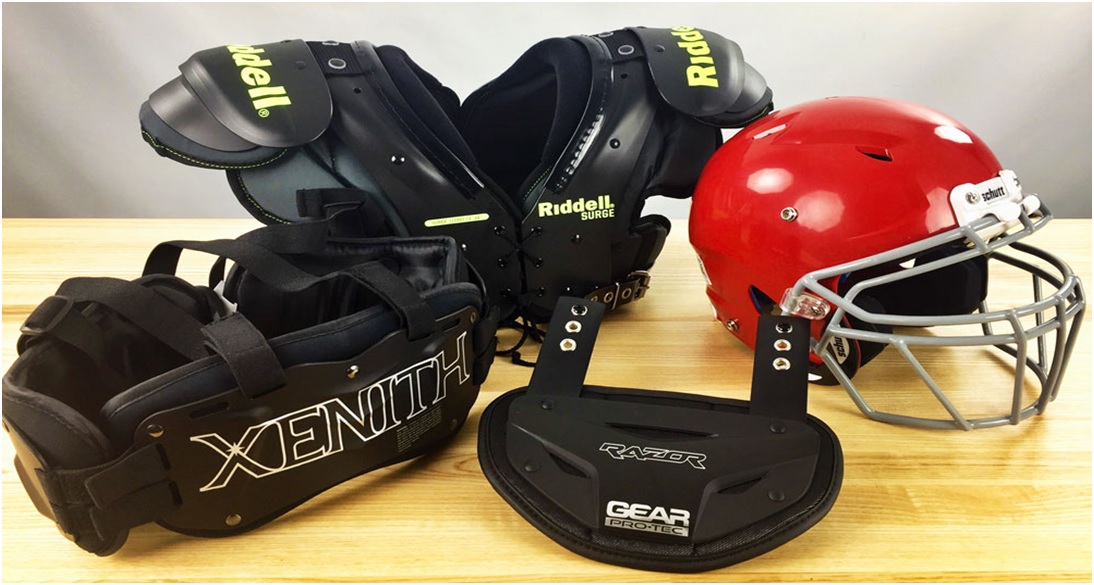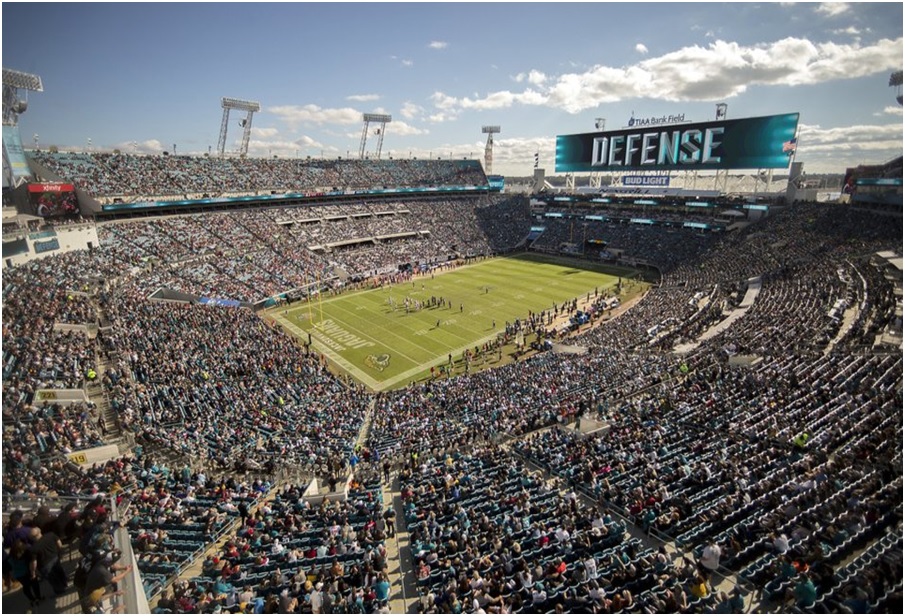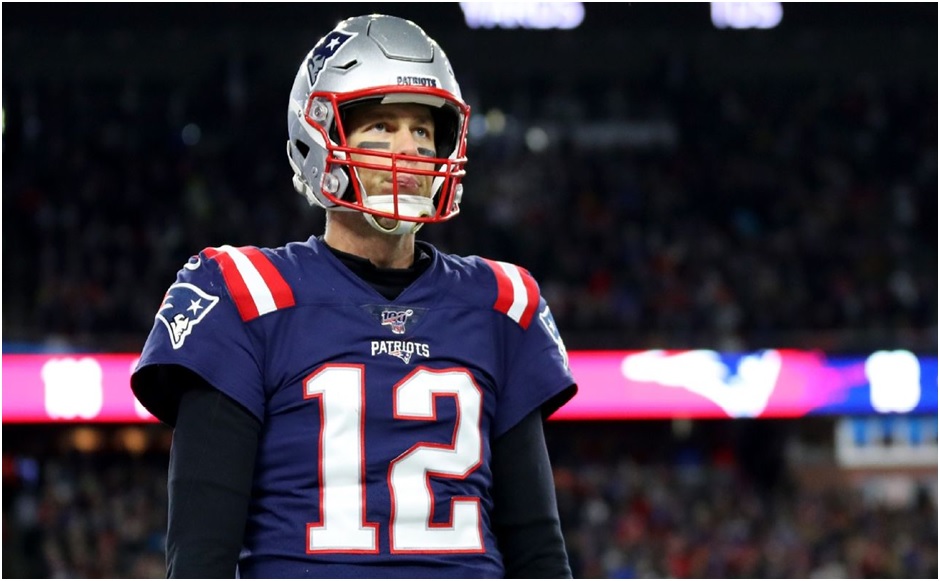Evolution of NFL Gear and Health Impacts

Helmets Weren’t Popular
We have to travel all the way back to 1869 to find the first example of a football game, as we know it, in the United States. It was a scrum between Princeton and Rutgers with no man on the field donning headgear or pads of any sort. The early football games were more akin to rugby matches which had made its way across the Atlantic but was bastardized, some Europeans might say, into the game we know today.
Walter Camp was an early pioneer in transforming football from its rugby origins to a game unique to America with its own personality and set of guidelines. But the focus was on the rules of the game as opposed to the safety of it. And in 1905 it is reported that 23 college football players died that year due to trauma experienced on the field of play.
The first evidence of headgear came in 1896 but these were leather harnesses made of moleskin or leather and the protection it provided was suspect at best. Soft leather skull caps were optional until 1939 when helmets became mandatory in college football while the NFL followed suit in 1943.
That game also spawned the invention of shoulder pads. L.P. Smock, a Princeton student who reputedly invented and designed the first shoulder pads, did so eight years after his school played Rutgers in the game that started it all. His version had the shoulder pads, which were a combination of leather and wool, sewn inside the jersey. It was part and parcel of the jersey and not a separate piece of equipment.
And while shoulder pads were often shunned by players, the first iteration of the modern helmet was patented by Riddell in the 1940s where plastic replaced leather, and the shape of the helmet was far more extensive with padding that offered greater protection. Riddell remained the innovator in cranial protection when they introduced their HA Series of helmets during the 1970s featuring vinyl pads that could be inflated to the specifications of each head it protected, providing safety and comfort for the player.
Today’s State-of-the-Art Protection

The 2020 season has begun despite the global pandemic continuing to paralyze our daily routines and changing the way we interact with each other. However, the league has not been deterred and the current NFL season will be covered by SBR on on everything from breaking news, betting tips and everything else football fans need throughout the season.
And it should also be noted that the landscape has shifted dramatically in terms of players adopting these newer and safer helmets. The NFL and the NFL Players Association reported that over 99 percent of all players used helmets during the 2019 season that independent labs ranked as providing the most protection based on the results of their tests. Last season, fewer than 10 players were not wearing the recommended helmets.
“We went from 41 percent in top-performing helmets to 99-plus percent today,” said Jeff Miller, the NFL’s executive vice president of health and safety. “Unquestionably, there was some element of challenge in the transition for some players. But since that time, over the last two years, as a result of the hard work of the PA, equipment staff, and trainers, this has become a bit of a culture shift. I would anticipate players will be more willing to shift.”
“From the P.A. {Players Association} perspective, this has allowed us to have a conversation about players owning, and playing a role in their safety decision,” said Dr. Kristy Arbogast, the union’s engineering consultant and the co-scientific director of the Center for Injury Research and Prevention at Children’s Hospital of Philadelphia.
Last season a total of 34 helmets were approved by the NFL but legendary quarterback Tom Brady was not happy about having to ditch his Riddell VSR-4 for one of the newer and more protective helmets.

“You get used to one thing, one feel,” Brady told NBC Sports Boston’s, Tom Curran. “This is a pound heavier, so it’s 25 percent heavier on your head. That takes a lot of getting used to. I wish it was lighter. I tried to make it lighter. They couldn’t make it lighter.”
Safety has become paramount in the NFL and as innovations in protective gear continue it will not only extend players’ careers but in many cases, their lifespans as well.